Artist Project / Plague Stones
Trading places
Sophie Nys
In plague-stricken seventeenth-century England, the need to quarantine sufferers of the disease produced a number of unusual social conventions. Among these was the establishment of so-called plague stones, which served as meeting places for, and boundaries between, the healthy and the sick within an affected community. In addition to serving as a site for exchanging messages, the stones also functioned as a point of commerce where goods were left for the ill, who in turn paid for them by placing coins in a hollow carved into the top of the stone and filled with disinfecting vinegar.
In his History of Derby, the eighteenth-century historian William Hutton described the plague stone that stood in his hometown:
1665. Derby was again visited by the plague at the same time in which London fell under that severe calamity. The town was forsaken; the farmers declined the Market-place; and grass grew upon that spot which had furnished the supports of life. To prevent a famine, the inhabitants erected at the top of Nuns-green, one or two hundred yards from the buildings, now Friar-gate, what bore the name of Headless-cross, consisting of about four quadrangular steps, covered in the centre with one large stone; the whole near five feet high; I knew it in perfection. Hither the market people, having their mouth primed with tobacco as a preservative, brought their provisions, stood at a distance from their property, and at a greater from the townspeople, with whom they were to traffic. The buyer was not suffered to touch any of the articles before purchase; but when the agreement was finished, he took the goods, and deposited the money in a vessel filled with vinegar, set for that purpose.
Hutton goes on to note that commercial relations were in fact governed during such times by sentiments that would have been anomalous without the presence of the disease. “Confidence,” he wrote, “raised by necessity, took place between buyer and seller, which never existed before or since; the first could not examine the value of his purchase, nor the second that of his money.”
Often neglected, their historical function almost entirely forgotten, many of these stones still stand across England. Artist Sophie Nys has been photographing these unusual monuments to the intricate relationship between disease, commerce, and compassion, some of which are depicted below.
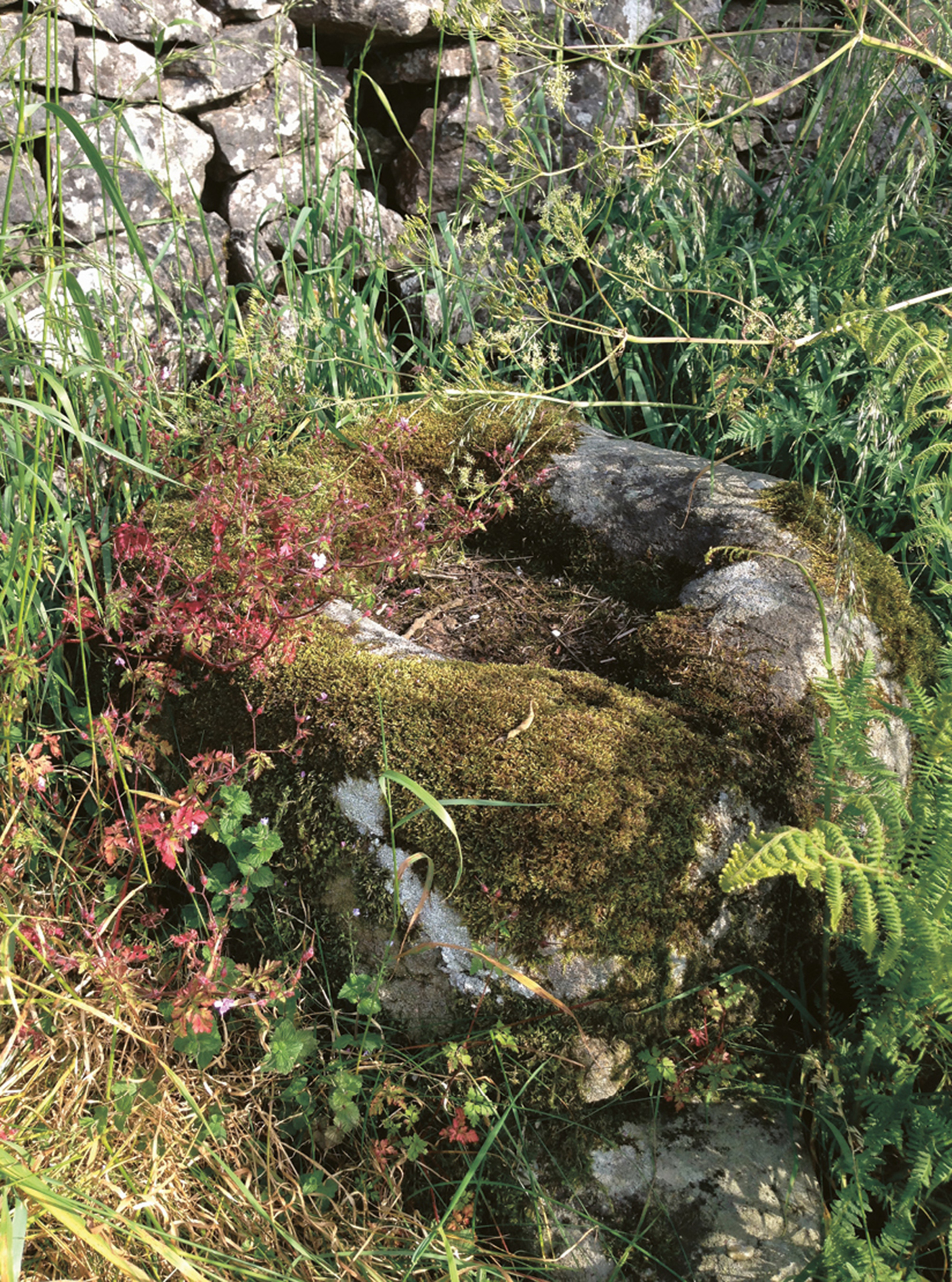
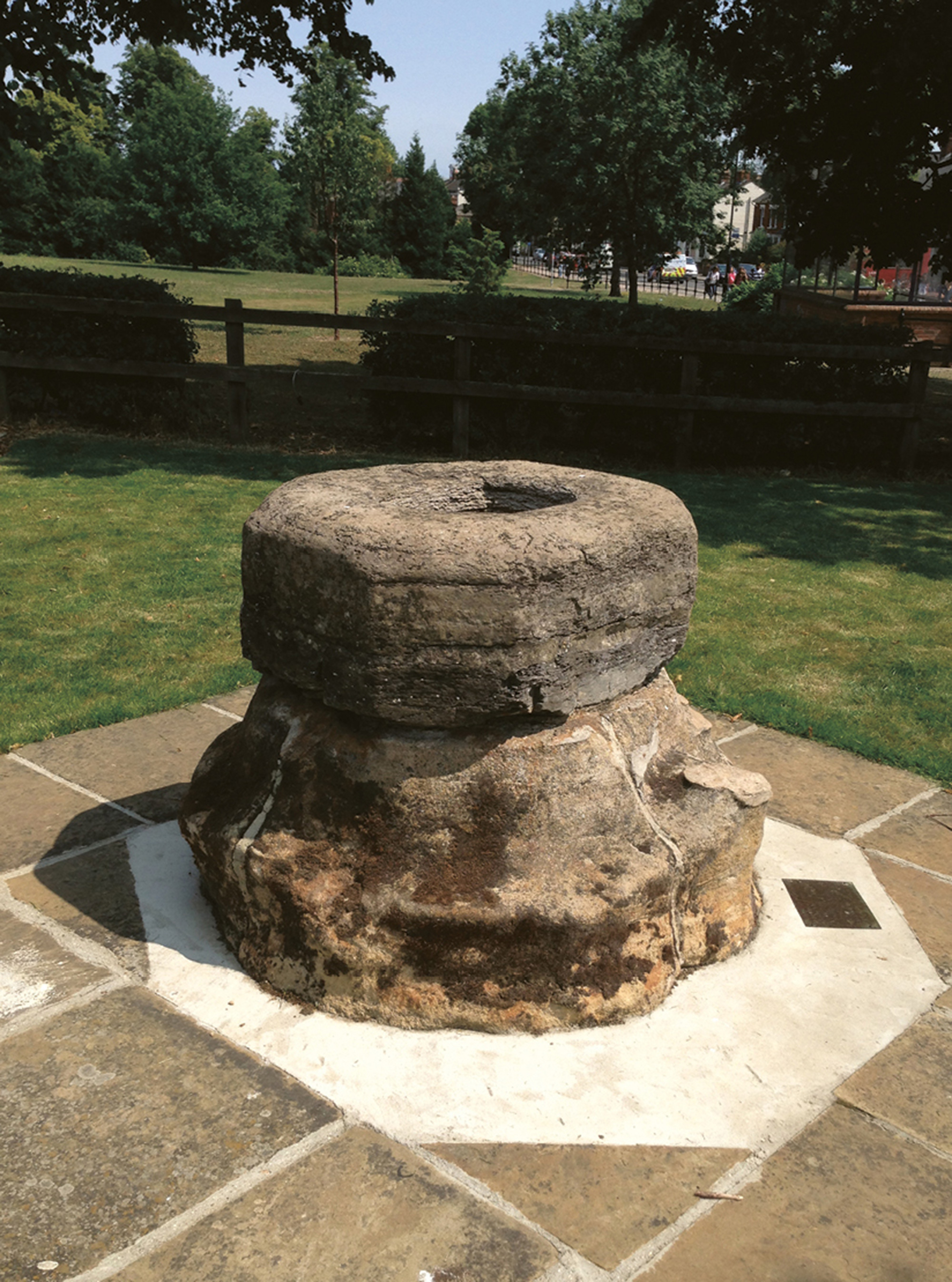
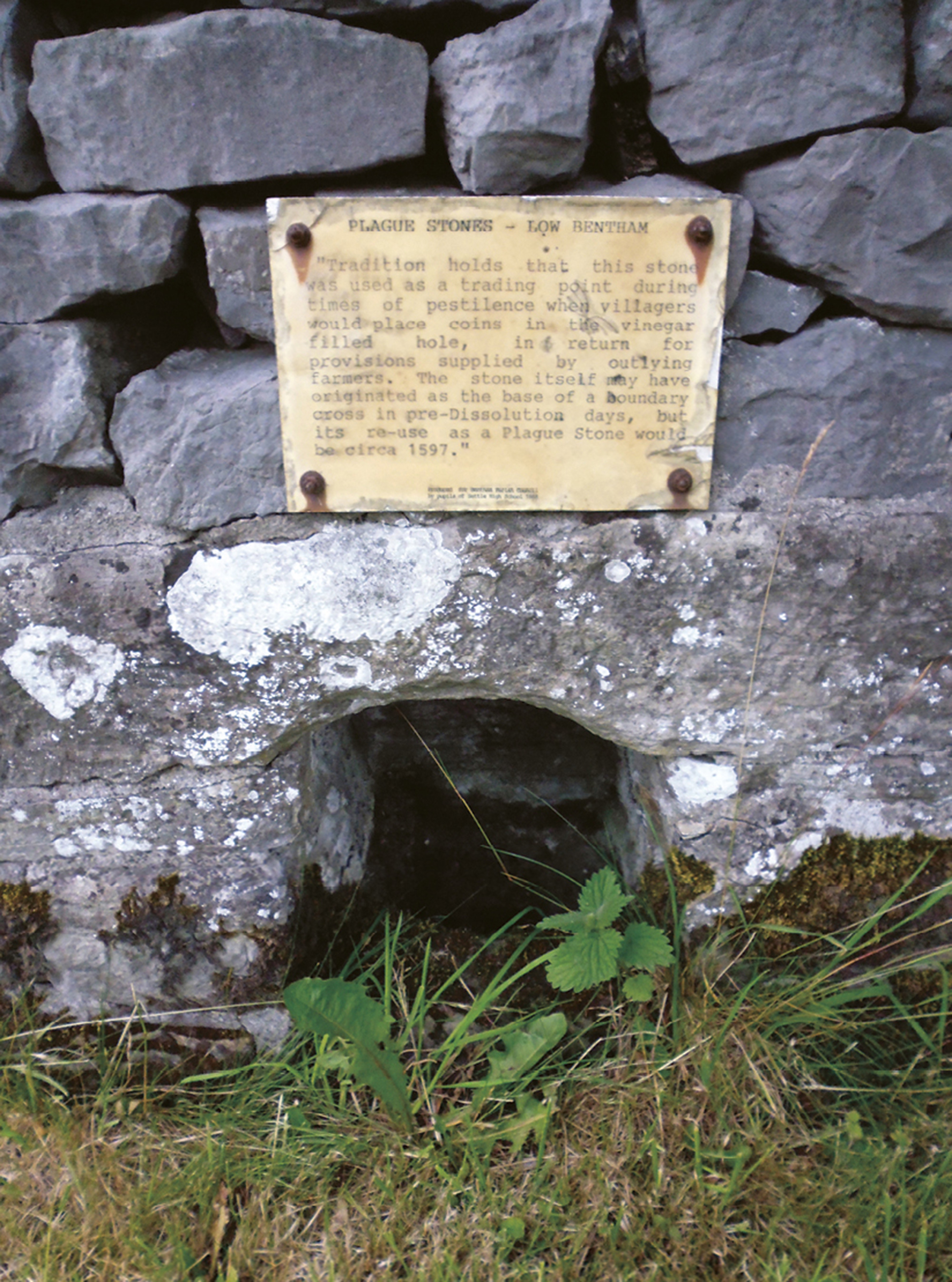
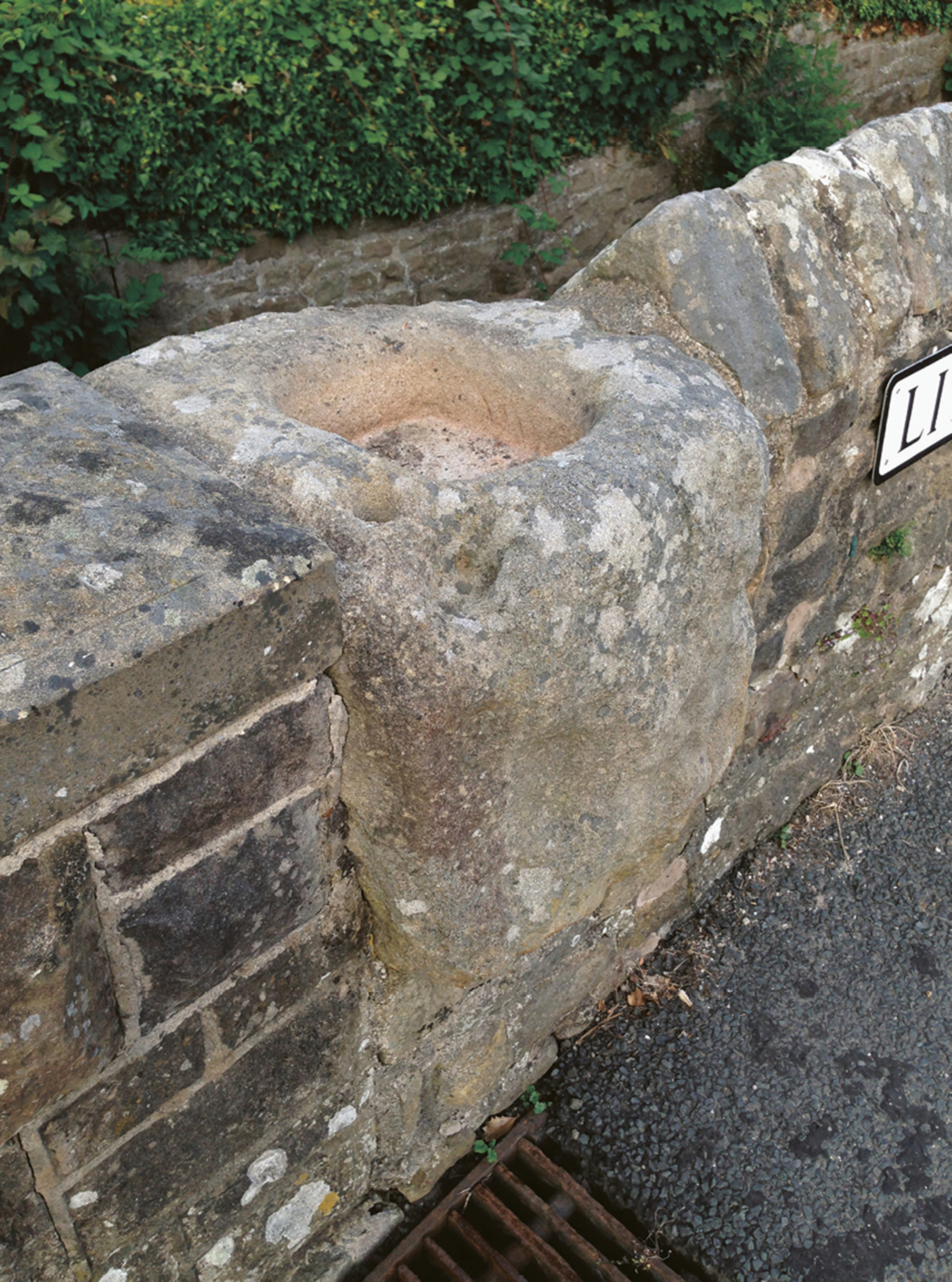
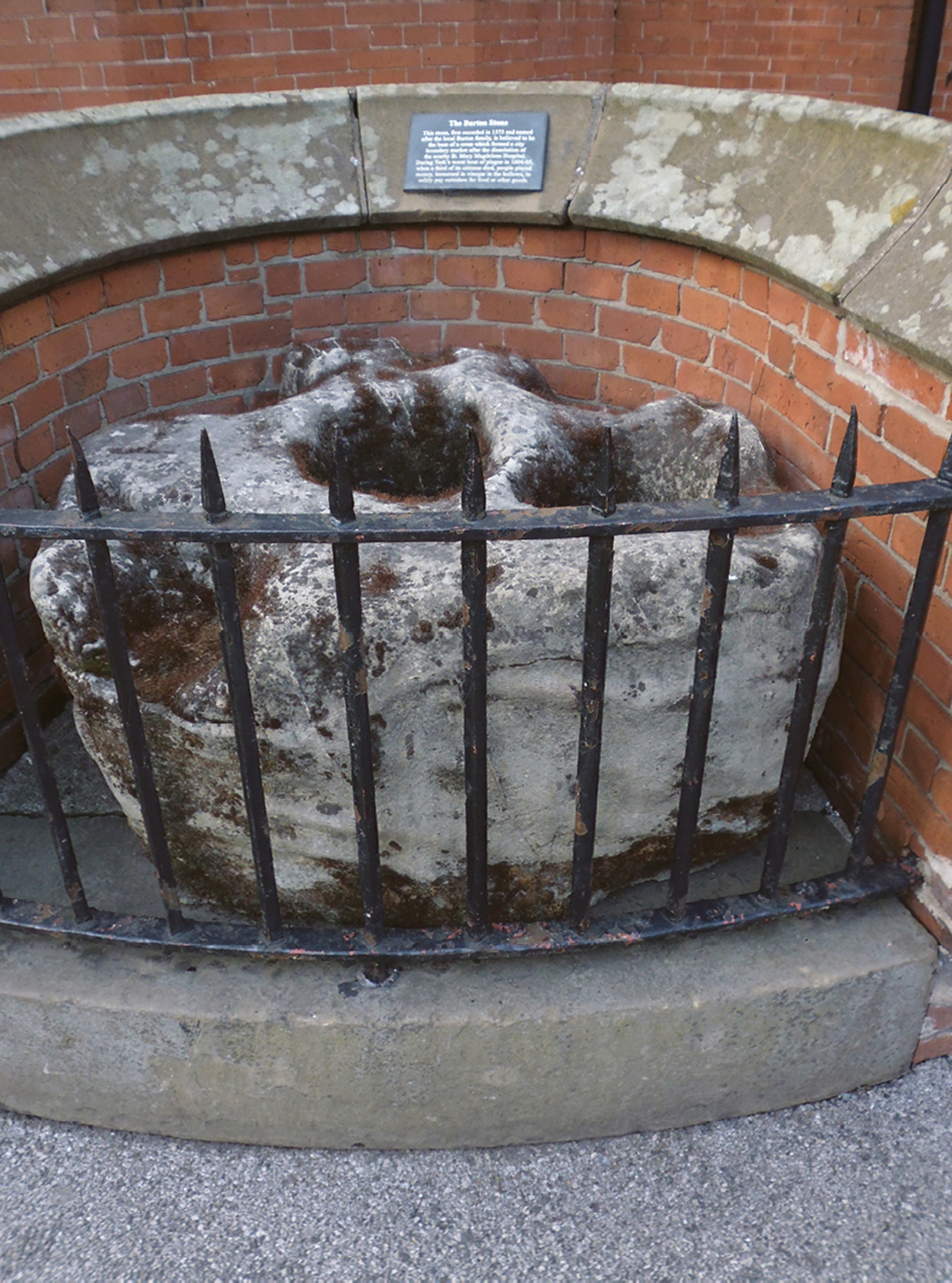
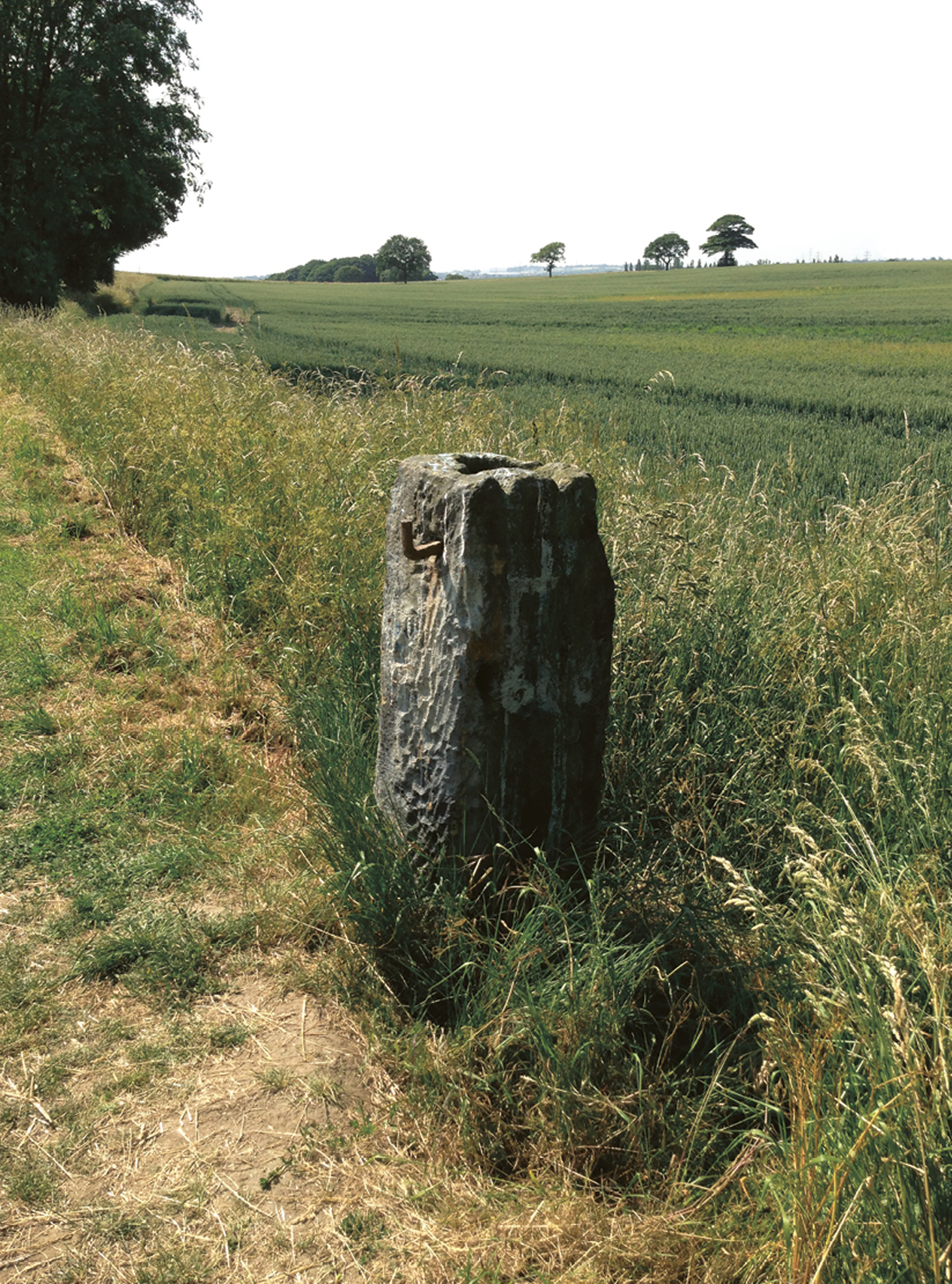
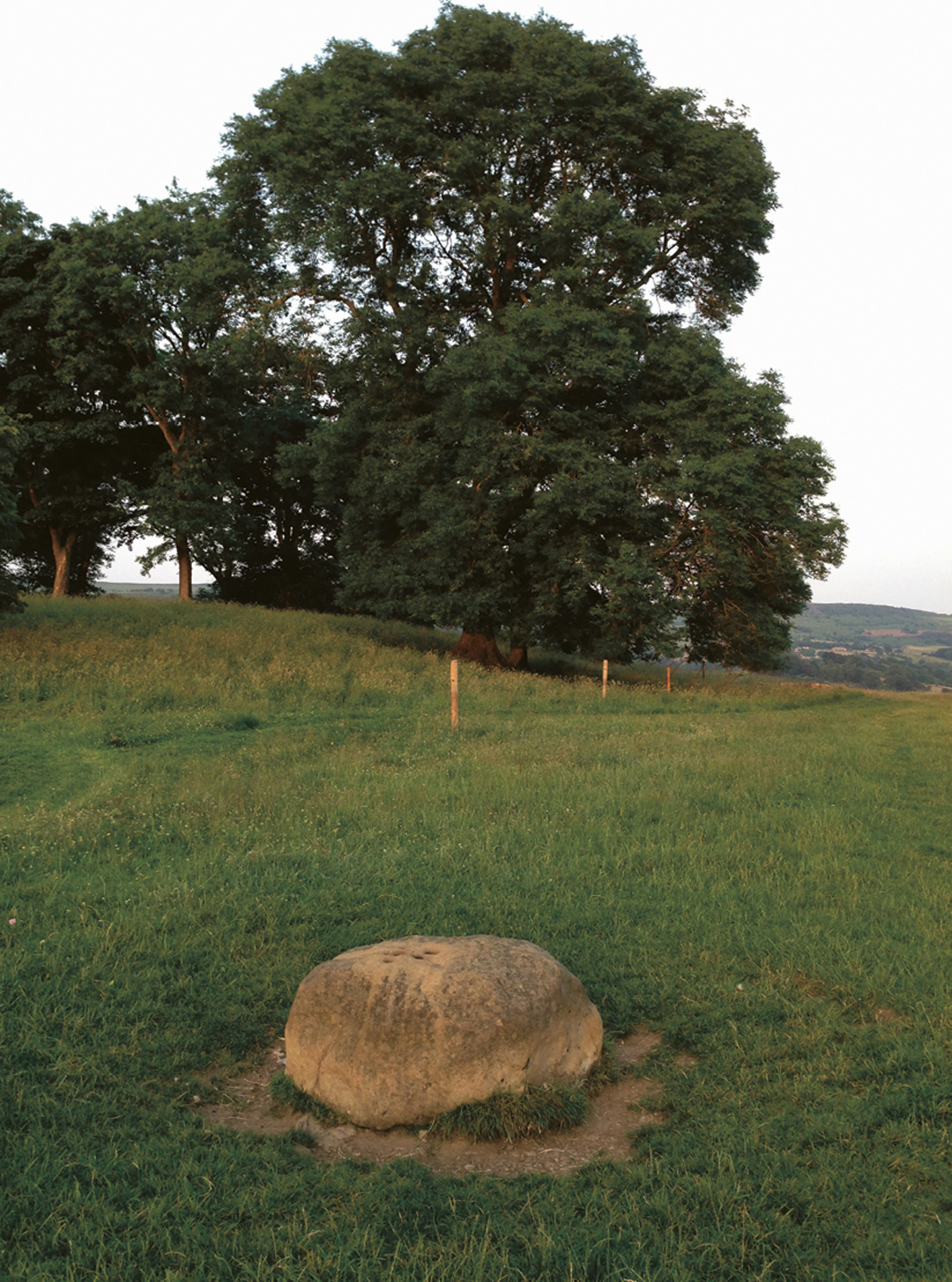
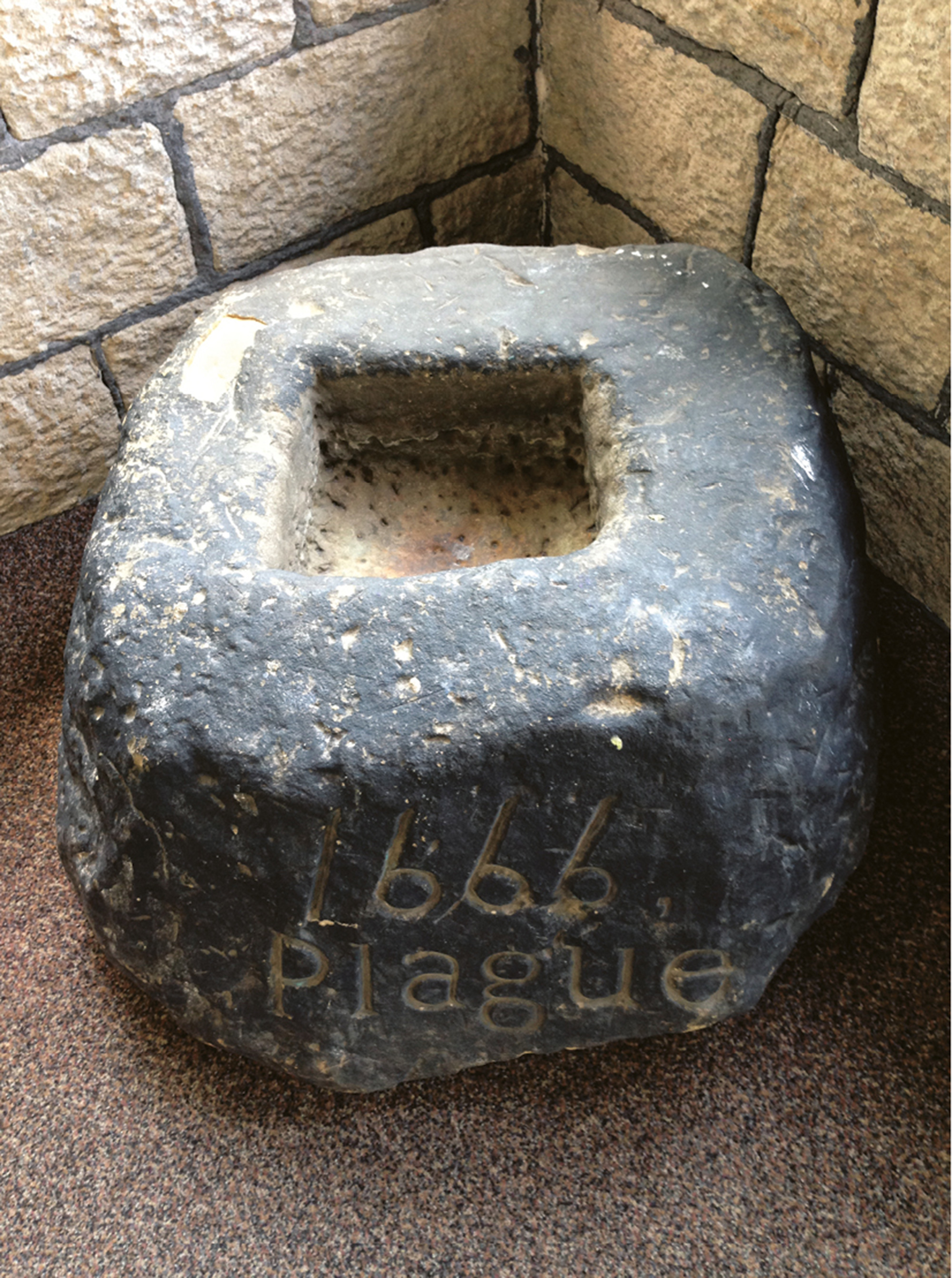
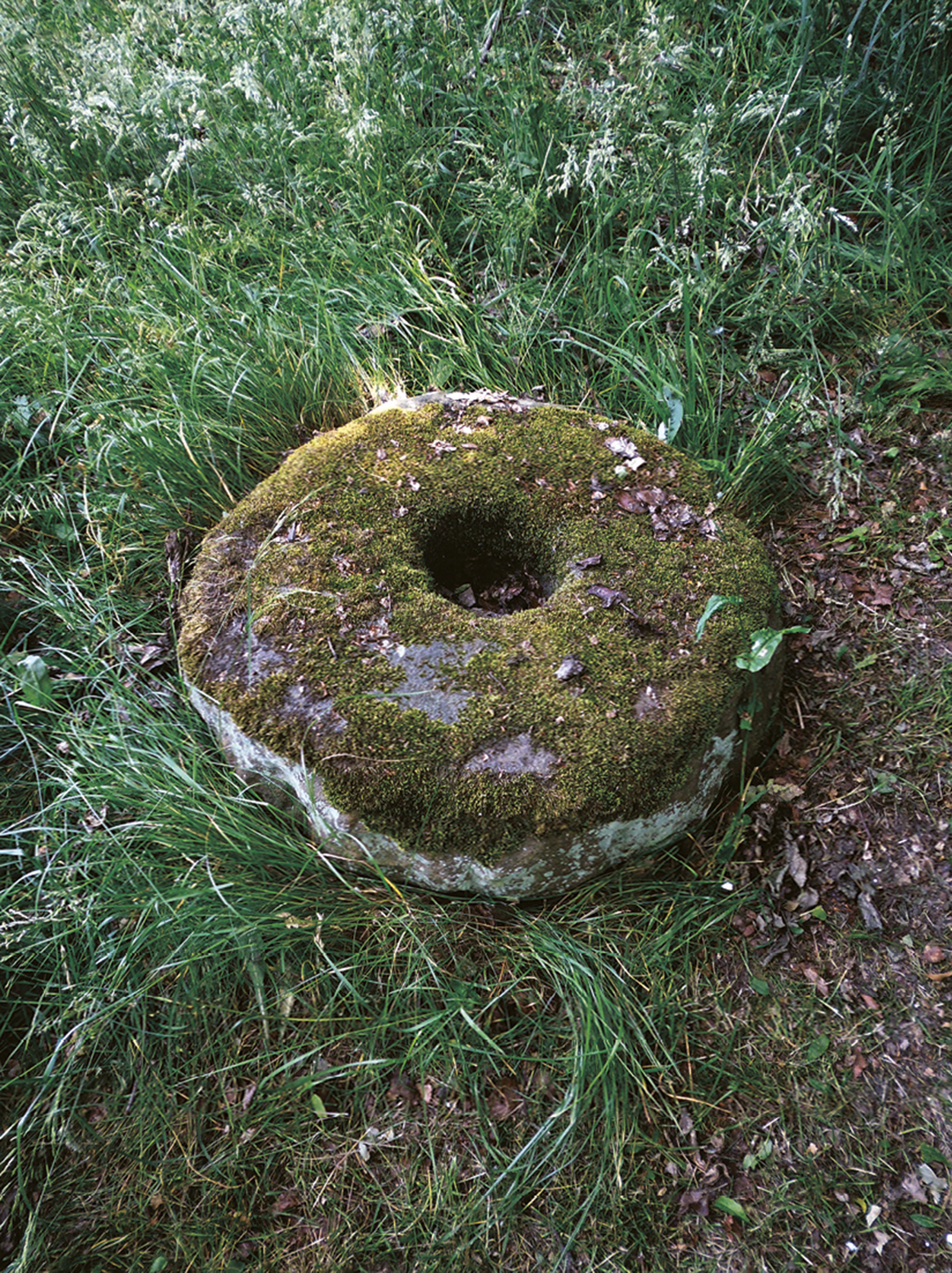
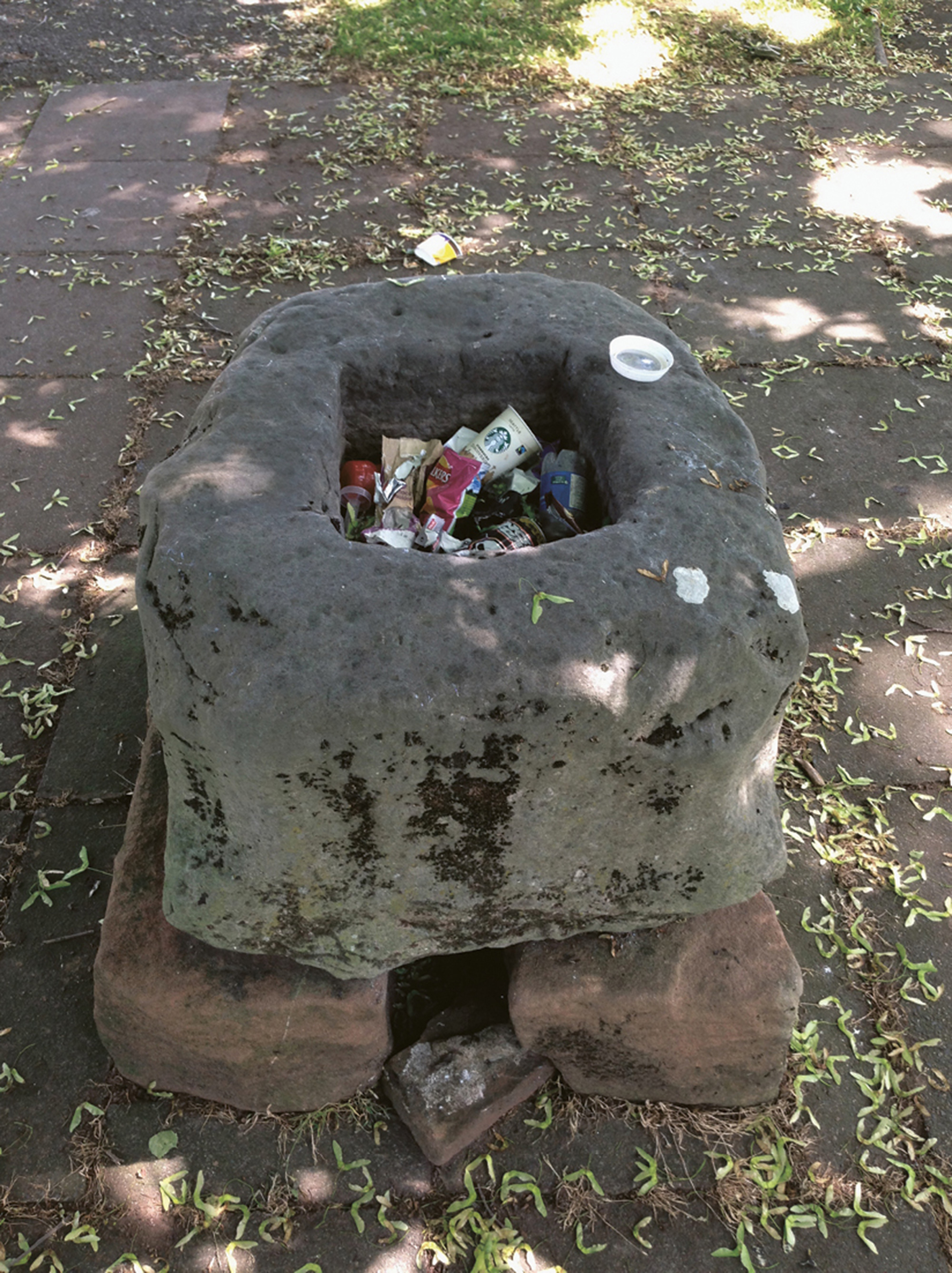
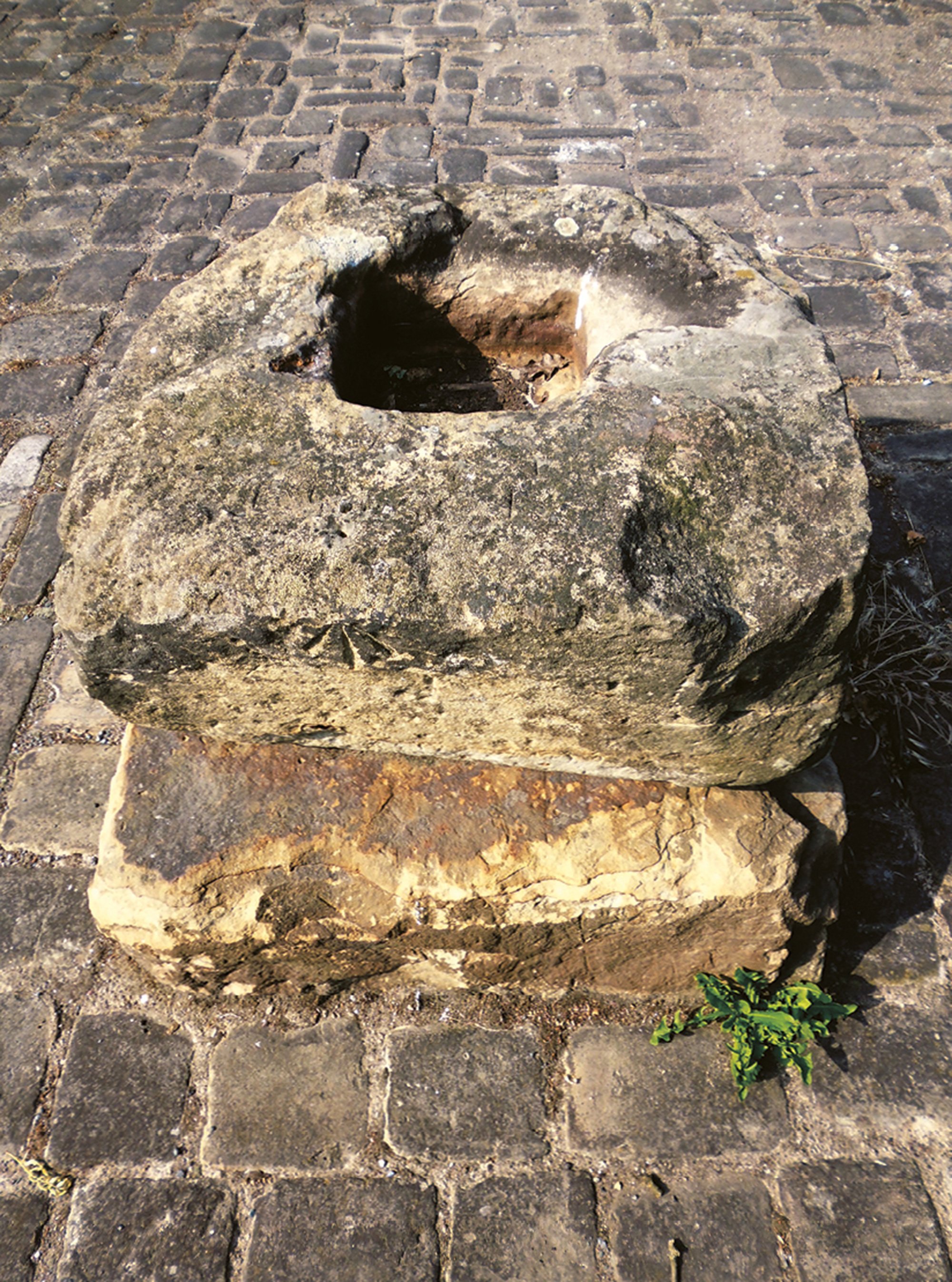
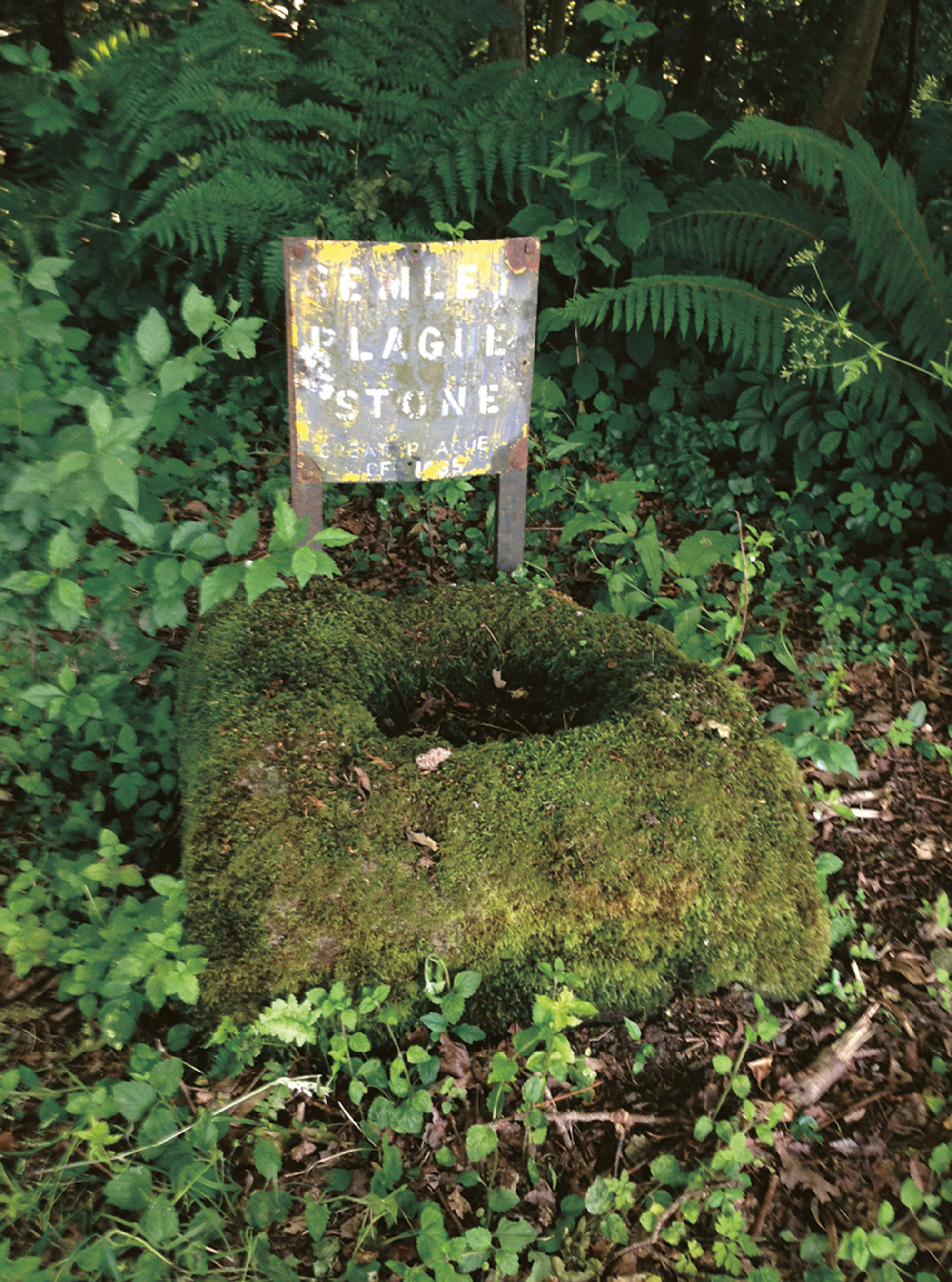
Sophie Nys is a Belgian artist based in Zurich since 2012. She recently exhibited at Kunsthalle Vienna and her solo exhibition at CRAC Alsace in Altkirch, France, opens in fall 2014.